Sharing stories with... ORCA
ORCA is an Oregon and California based landscape design and outdoor product studio working to bring a deeper connection between nature and the people that inhabit a space. The studio’s mission to use materials with a light footprint and a substantial story led them to create their own planet-friendly range of clay pavers for sustainable landscaping. ARCHITEXTURES Editor-at-large Vanessa Norwood spoke to ORCA founder Molly Sedlacek about the company’s origins and ethos.
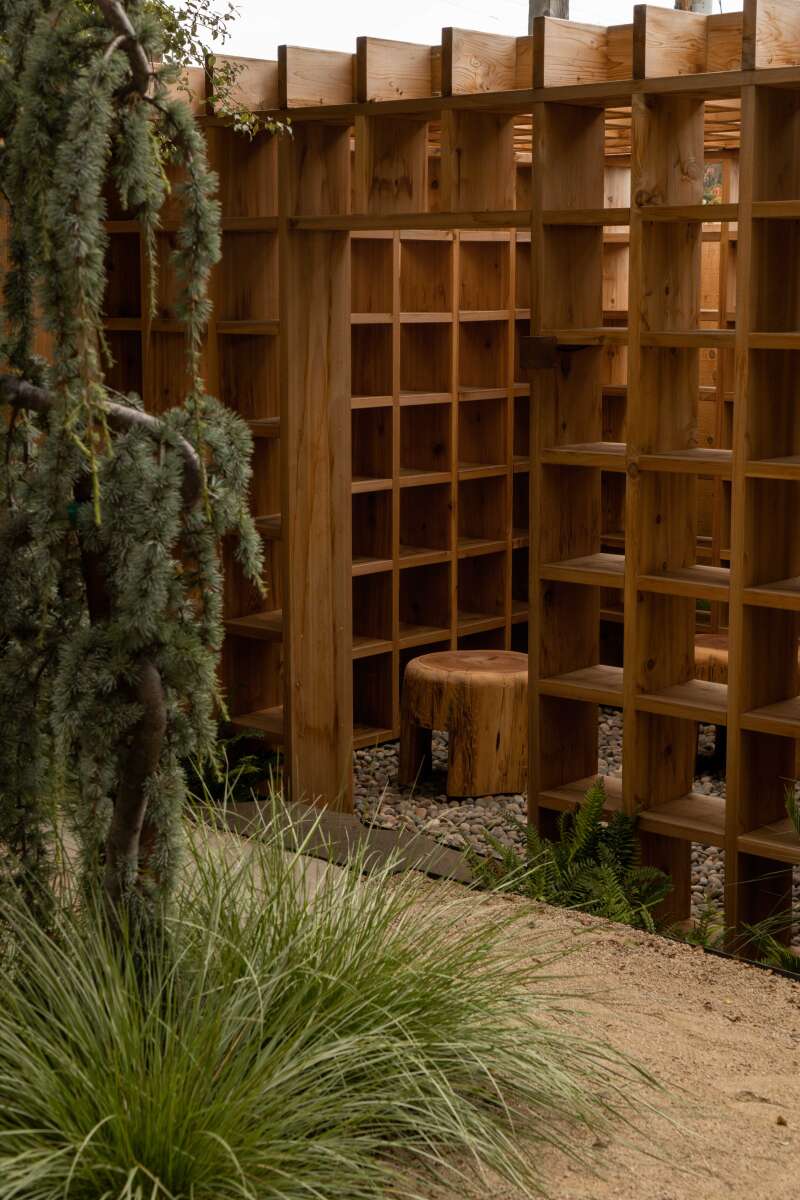
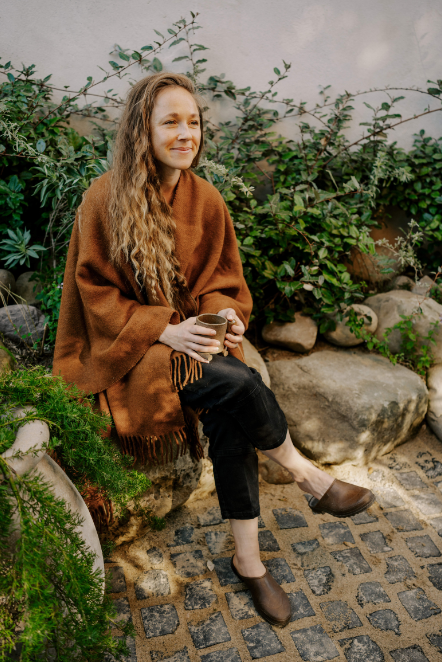 Left: Bookshelf Garden. Image credit, ORCA. Right: Molly Sedlacek, Founder of ORCA. Image credit: Austin John for ORCA
Left: Bookshelf Garden. Image credit, ORCA. Right: Molly Sedlacek, Founder of ORCA. Image credit: Austin John for ORCA
Vanessa: Can you tell us more about your 'conceptual' approach to landscape design? You've described how your childhood in Oregon influenced your design thinking - can you describe how?
Molly: My approach to conceptual design is honouring the uniqueness of a piece of land, and the humans that occupy the garden. Growing up on the Oregon coast, surrounded by forest and resourcefulness, my parents showed us how to build from necessity and creativity. This is the backbone of my current design methodology: always work and design with what nature and the native land provides.
Vanessa: You speak about the idea of feelings, how does that correspond to material use? We tend to place our feelings at the bottom of the list when it comes to designing architecture - perhaps it's more present in conversations around landscaping. Do you find clients are comfortable connecting to the idea of how they want to 'feel'.
Molly: If a space doesn’t make you feel something, an opportunity has passed you by.
And feeling goes beyond the mind: it’s touch, taste, smell, a distant memory, contentment and solitude. ORCA’s ethos is to lead with materials as these are the tangible components that build the space we experience these feelings in. The combination of soft grasses and a tall sturdy Sycamore with a worn stone bench below: this is a story told through materiality.
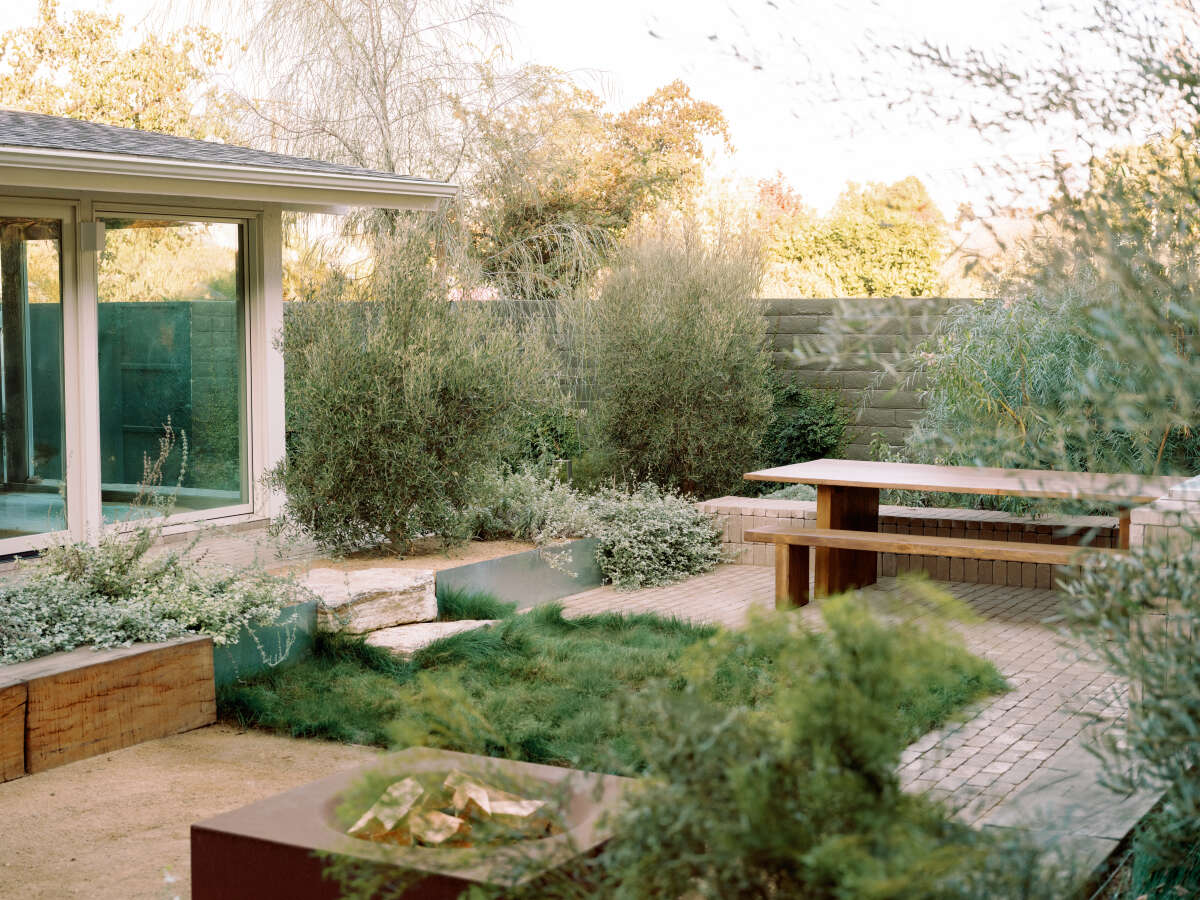 Long Beach Garden. Image credit, ORCA
Long Beach Garden. Image credit, ORCA
Vanessa: Natural materials are at odds with architecture's recent historical devotion to modernism and straight lines. We still seem to believe building materials should be uniform and homogenous - how do you try to challenge this belief system?
Molly: This is directly related to a much bigger cultural issue. Humans (the species itself) are at odds with the speed of life. Therefore we have lost touch with what it means for lines to not be perfect. Modernism has its place but not at the sacrifice of using materials that don’t reflect the natural world that scientifically brings us joy. By stripping buildings of organic matter and unrefined materials, we lose connection with not only the outside world, but ourselves. We are the first indoor species, 90% of humans' lives are spent indoors. We do not encourage architecture to be more outdoor centric, and bring outdoor materials inside.
Vanessa: What is the appeal of natural materials like stone and timber for you?
Molly: Stone and timber are the materials our ancestors used to have shelter, security, currency, and beauty. There was no sheetrock, there was no cement, there was no paint. When we pair things back to what the earth provides, there is an unspoken calm that we invite in. What I love most about stone and timber are that no two pieces are alike. They challenge me to always be learning, and see each piece built as a unique particle of time that has joined me (or a client’s) on the journey.
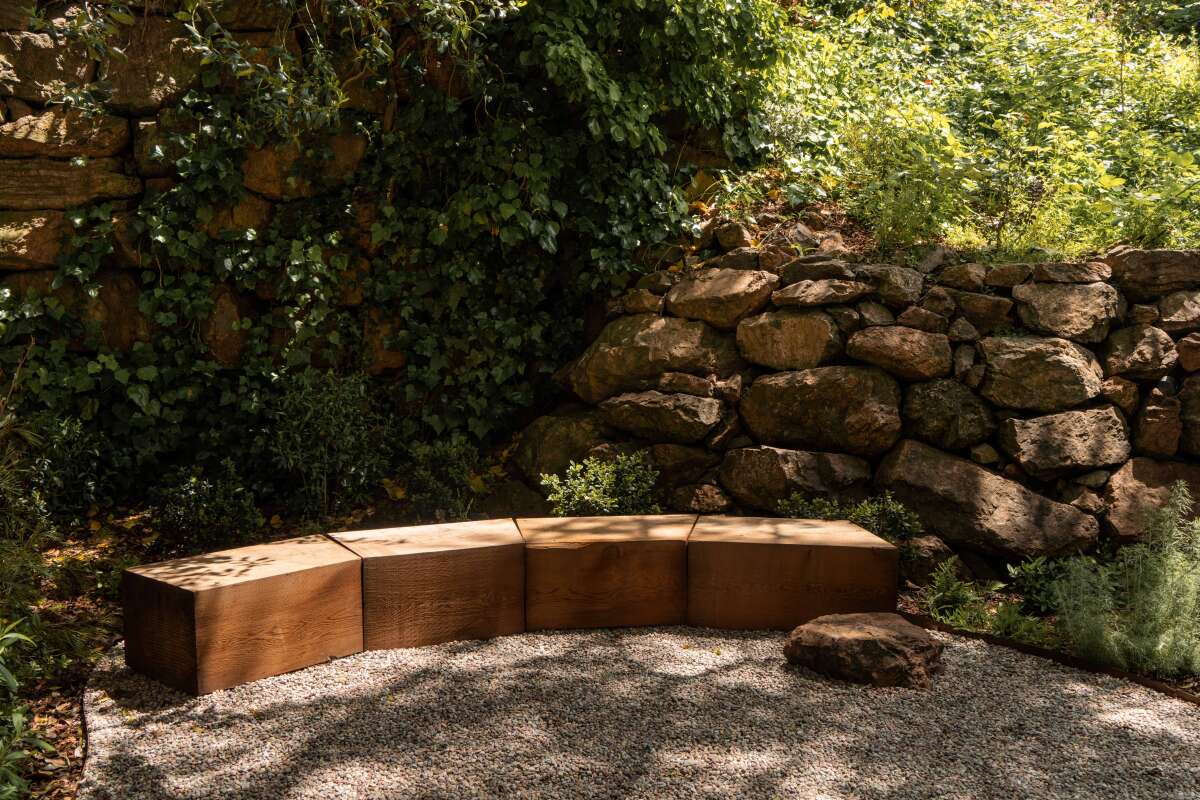 Under the Maple Tree Garden. Image credit, ORCA
Under the Maple Tree Garden. Image credit, ORCA
Vanessa: What is the importance of 'local' to you; both in terms of planting and materials provenance?
Molly: Local is critical to my design ethos as it measures the environmental impact of our work. By using materials that are in proximity to a jobsite, by hiring craftsmen to build the furniture, and selecting plants, wood, pavers that are made within miles allows us to tread lightly in a very otherwise carbon intensive industry.
Also, by using native plants– in abundance and a variety – allows us to create local habitats that are biodiverse. This is critical to the health of our gardens and planet.
Vanessa: Does the desire for sustainability come high up on the checklist of 'wants' from your clients, or are they motivated by beauty with sustainability as something you deliver by stealth?
Molly: We are very visual animals. Things that bring beauty to our everyday life are important. What I love about landscape design, and what ORCA does, is a pairing of both as neither has to be sacrificed. That’s what our superpower is: beauty and sustainability intertwined.
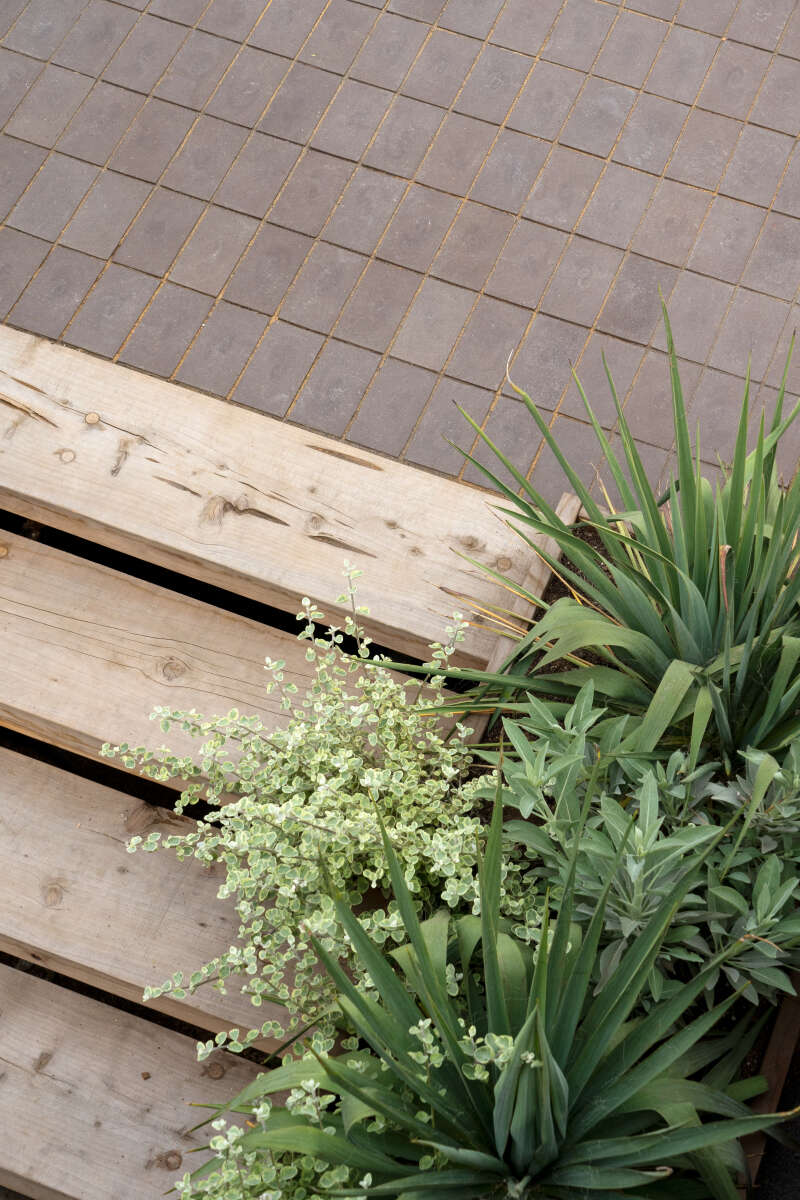
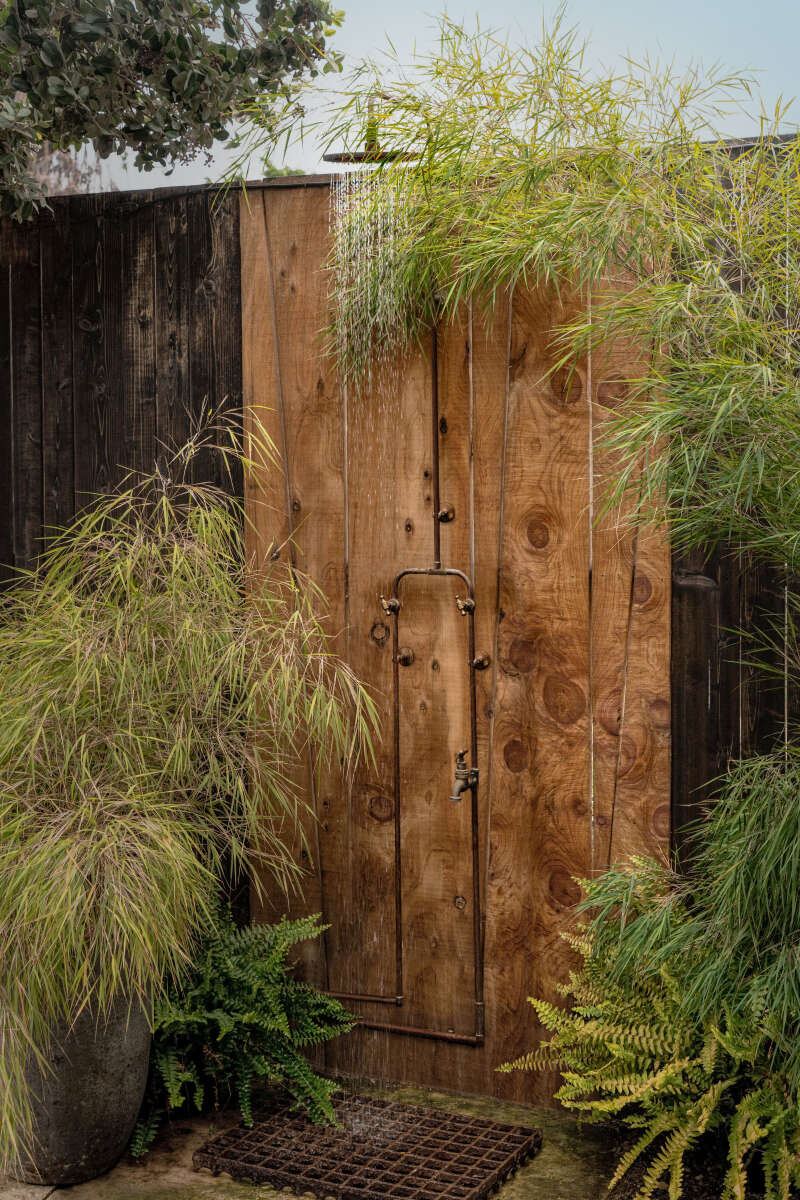 Left: ORCA's Brick Clay in Earth. Image credit, ORCA. Right: Outdoor shower. Image credit, ORCA
Left: ORCA's Brick Clay in Earth. Image credit, ORCA. Right: Outdoor shower. Image credit, ORCA
Vanessa: You've spoken about the lack of planet-friendly hardscaping options for outdoor spaces as a motivation for designing your own line of pavers - can you describe the process from concept to the final products.
Molly: I kept seeing Pinterest images of concrete pavers and artificial shaped blocks that were meant to be used to create modern gardens that didn’t reflect nature. While loving stone so much, I was fearful of using it, as so much of cobbles and stone slabs are imported on cargo ships that are very toxic to the ocean. I wanted to find an alternative to imported stone that was still as versatile and natural as rock. I found that there are many colours in California’s clay, and that we could use high-fired brick to make pavers that were not only durable but provided a palette to pair with any architectural style. I sought local brick manufacturers who understood this mission and was fortunate to find a handful that did. We now proudly work with three throughout California that allow us to have a spectrum of colour offerings, finishes, shapes and sizes.
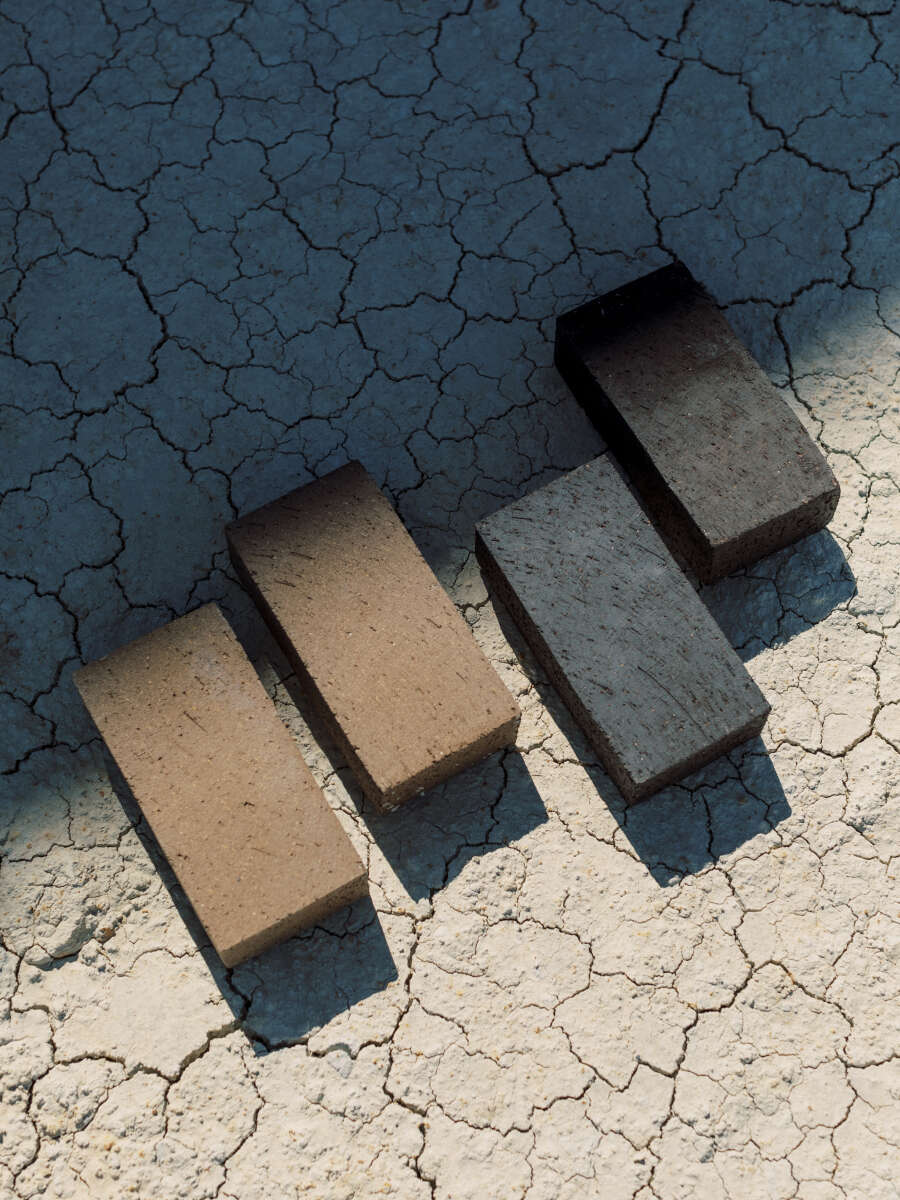
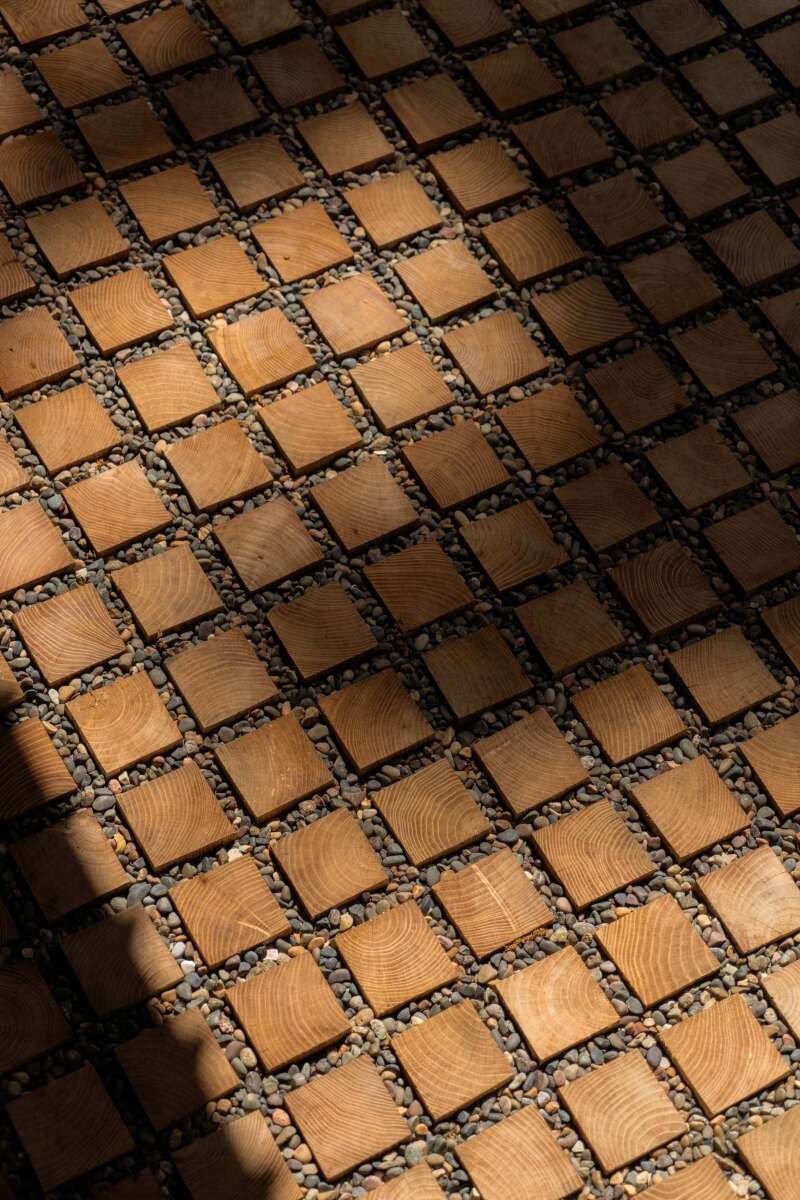 Left: ORCA's Pavers Earth. Image credit: ORCA. Right: ORCA's Wood Paver. Image credit, ORCA
Left: ORCA's Pavers Earth. Image credit: ORCA. Right: ORCA's Wood Paver. Image credit, ORCA
Vanessa: The climate emergency is clearly having an effect on our landscapes, how does the way we create our outdoor spaces need to change?
Molly: Now more than ever using natural materials is vital. We need to plant more (including trees!) and focus on establishing well rooted native plants to help stabilise soils and hydrate the earth. We also need to use materials that are responsible from a building and disposal standpoint. This means moving away from plastic and synthetic materials, and using appropriate rated natural wood, clay, steel, and stone. This also means leaving the earth permeable so water can filter through the soil, and we don’t create heat blankets of concrete and asphalt that eventually fail when the ground shifts. The materials we choose can be allies in the changing climate if we use them correctly.
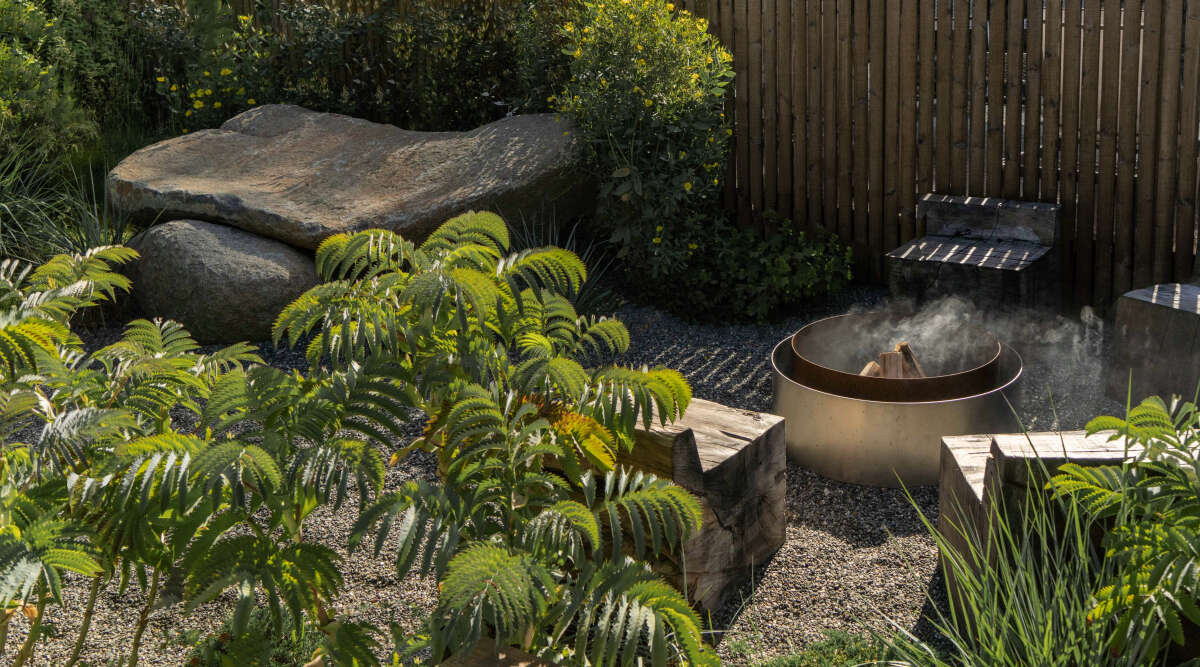 ORCA Big Boulder. Image credit, ORCA
ORCA Big Boulder. Image credit, ORCA
Vanessa: Would you like to bring your ideas to life at scale? What would be an ideal project to share your important design thinking with a wider audience?
Molly: I’d love to do a public kid’s park. There’s nothing more magical than the curiosity and wonder a child has experiencing natural play. And at this park, the play would be for all ages– from 0-100.
ORCA's textures are available here
